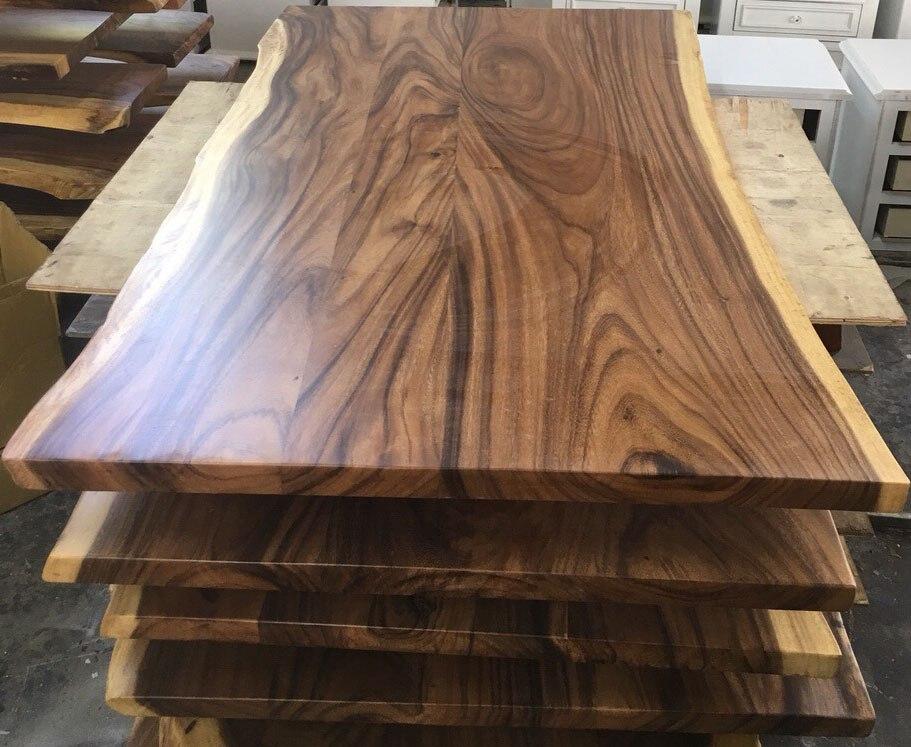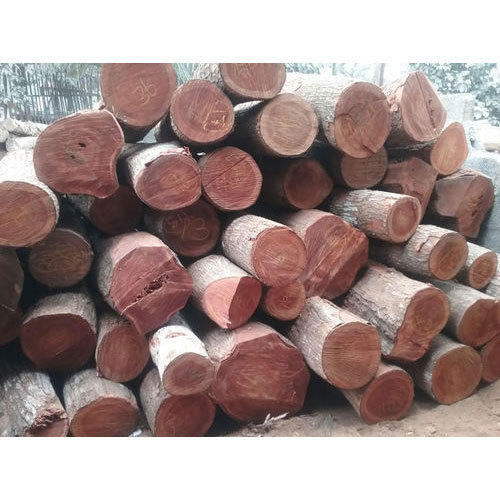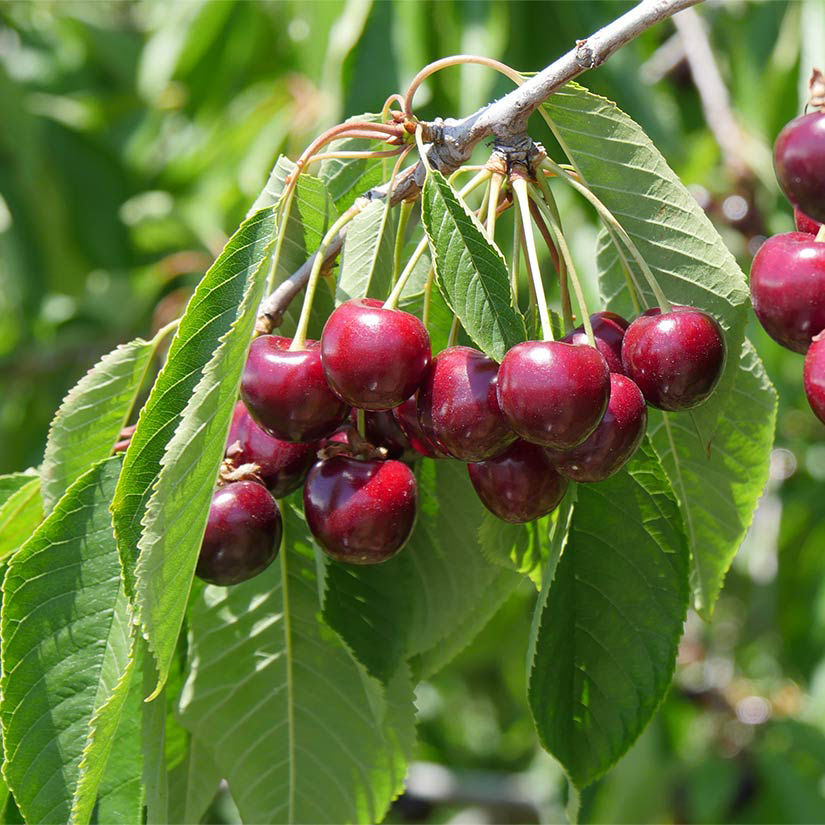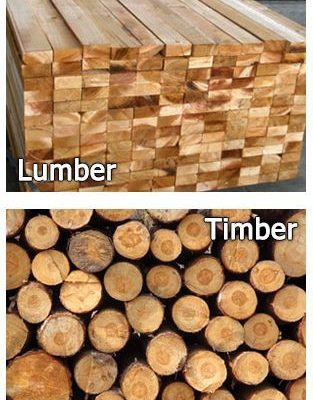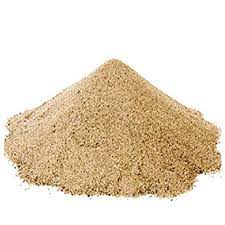It is a steel alloy with a minimum of 11.5 wt% chromium content. Although stainless still are not stain proof, they don’t rust or corrode as easily as its other counterparts. Stainless steel has its use in many products, but mostly in home appliances and cooking utensils.
The amount of chromium present is the main difference between carbon steel and stainless steel. Carbon steel is susceptible to rust in contact with air and moisture. In stainless steels, because of the added chromium, a passive layer of chromium oxide forms which prevents the metal from corroding.
Self-healing property is the uniqueness of Stainless steel. Due to the alloying elements used, a thin, transparent layer is created on the surface. In case of scratched or damaged surfaces, this few atoms thick thin layer immediately rebuilds with the presence of oxygen from air or water. This is the reason stainless steel requires no coating or other corrosion protection to remain bright and shiny even after thousands of users.
From the tiny fork on the table to the highest skyscraper, stainless steel has become an integral part of modern life.
Stainless steel’s strength, 100% recyclability, corrosion resistance, mechanical efficiency, low maintenance make it the ideal material for all kinds of applications.
There are 150+ grades of stainless steel, among which only 15 are abundantly used in everyday applications.
Uses of Stainless Steel
Below are some of the most common uses of stainless steel.
1. Food and Catering
Stainless steel is commonly seen as kitchen accessories, cutlery, and cookware. From knife blades with sharp edges to molded shapes like cookers, grills, sinks, saucepans- the presence of stainless steel is essential. It’s also used as a finish for refrigerators, countertops, and dishwashers.
2. Offshore Technology
In offshore technology, stainless steel is mainly used in the pipework. They are used to transport hydrocarbons, petrochemicals, etc. for seawater systems. They are often the best choice for offshore systems given their resistance to corrosive effects of seawater.
3. Seawater Desalination Plants
Stainless steel’s great mechanical properties make it an essential material for seawater reverse osmosis units (SWRO).
4. Chemical Industry
Chemical plants expose metals and equipment to an extremely harsh environment. Stainless steel offers the best solution to withstand the corrosion elements.
5. Bridges
Duplex stainless steels, a recent family of stainless steel alloy, is becoming increasingly popular in bridges and other engineering structures as these steels are typically twice as strong as ferritic alloys. Because of their increased strength, less material is needed, thus becoming more cost and weight efficient.
6. Storage Tanks
Stainless steel tanks are regularly used to hold corrosive substances such as chemicals, gases, and many other bulk materials, including food and water. It doesn’t add any flavor or smell to foods and water, which is another advantage.
7. Medical Industry
By alloying stainless steel with Chromium, Nickel, and Molybdenum, the surgeon gets some important qualities for his/her materials.
- Chromium- Increases scratch and corrosion resistance of equipment- essential for cleansing and sterilizing.
- Nickel- provides a smooth, polishable surface – much needed for machine precision.
- Molybdenum- provides hardness after forming; thus used in cutting edges like scalpels.
8. Civil Engineering
Stainless steel possesses similar desired properties of usual steel but eliminates disadvantages like corrosion. As a result, stainless steel has become increasingly popular as a construction material.
9. Power Plants
A power generation plant requires materials that endure high temperatures and extreme pressure. That’s why stainless steel is an obvious choice in heat exchangers, reactor tanks, pressure tubes, transformer enclosures and more.
10. Shipbuilding Industry
Duplex stainless steel is used to construct the cargo tanks while the austenitic grade is used for inland navigation tankers. Duplex stainless steel is being used in shipbuilding increasingly thanks to its mechanical efficiency.
REFERENCE TAKEN FROM WWW.CIVILTODAY.COM

